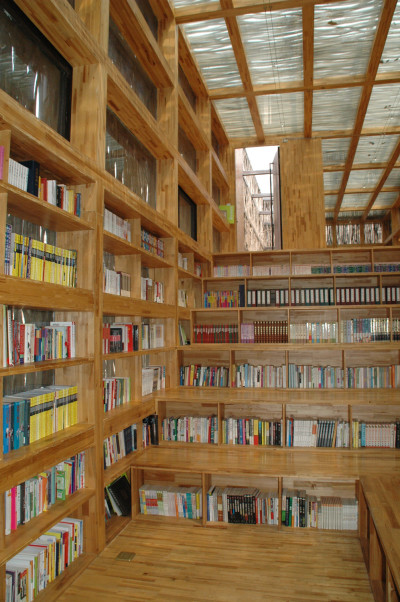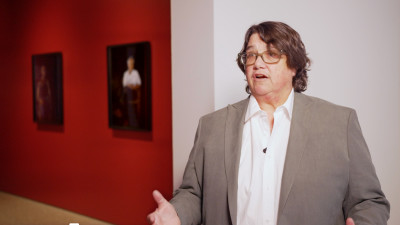Meet the architects: Li Xiaodong
Meet the architects: Li Xiaodong
Sensing Spaces
By Kate Goodwin
Published 12 December 2013
It was when sitting with Li Xiaodong in a courtyard garden in the Huairou district, a mountainous area near the Great Wall, an hour north of Beijing, that many of his observations of Chinese culture and sensibilities became much clearer for me.
-
He highlighted what he saw as a distinction between Chinese and Western thought, the latter concerned primarily with the object and perspective, the former with the subject and what is contained. He took this further in talking about how he saw Chinese forms of representation, particularly painting.
-
As I looked around me, Chinese landscape paintings I had seen came to mind. The mountains rose around us, but there was something about the colour and lack of contrast in the foliage, intensified by the light and atmosphere, which almost dematerialised them. Their detail was hard to make out, giving more an impression rather than a strong sense of their form.
-

Tea with architect Li Xiaodong
Photo © Royal Academy of Arts
-
He also recalled an experience he had as a young architect overseeing the construction of a hotel in the Yellow Mountains, where he developed a very different understanding of nature and landscape.
“From a distance you think of a mountain range as a series of objects seen in silhouette. But once you are within it, you start to perceive it as a series of spatial relationships that surround you. Your awareness of scale, distance, texture and enclosure all come alive and you become conscious of your own presence within it. Recognising this was a beautiful moment.”
Sitting in that courtyard I was also intensely aware of the magic of my surroundings. The look of the mountains was completely foreign to me, so I took time to soak them in. The objects, furniture and details that surrounded us were also beautiful – teapots and crafted cups, woven trays, woollen blankets, the aroma of the tea. It was a feast for all the senses that gave me an intense appreciation of my environment and the delights it was offering.
-
Explore the Liyuan Library

Liyuan Library, Huairou, China. Li Xiaodong Atelier

Interior, Liyuan Library, Huairou, China. Li Xiaodong Atelier

Interior, Liyuan Library, Huairou, China. Li Xiaodong Atelier

The architect at Liyuan Library, Huairou, China. Li Xiaodong Atelier

Working with wood, Li Xiaodong Atelier
-
Video









